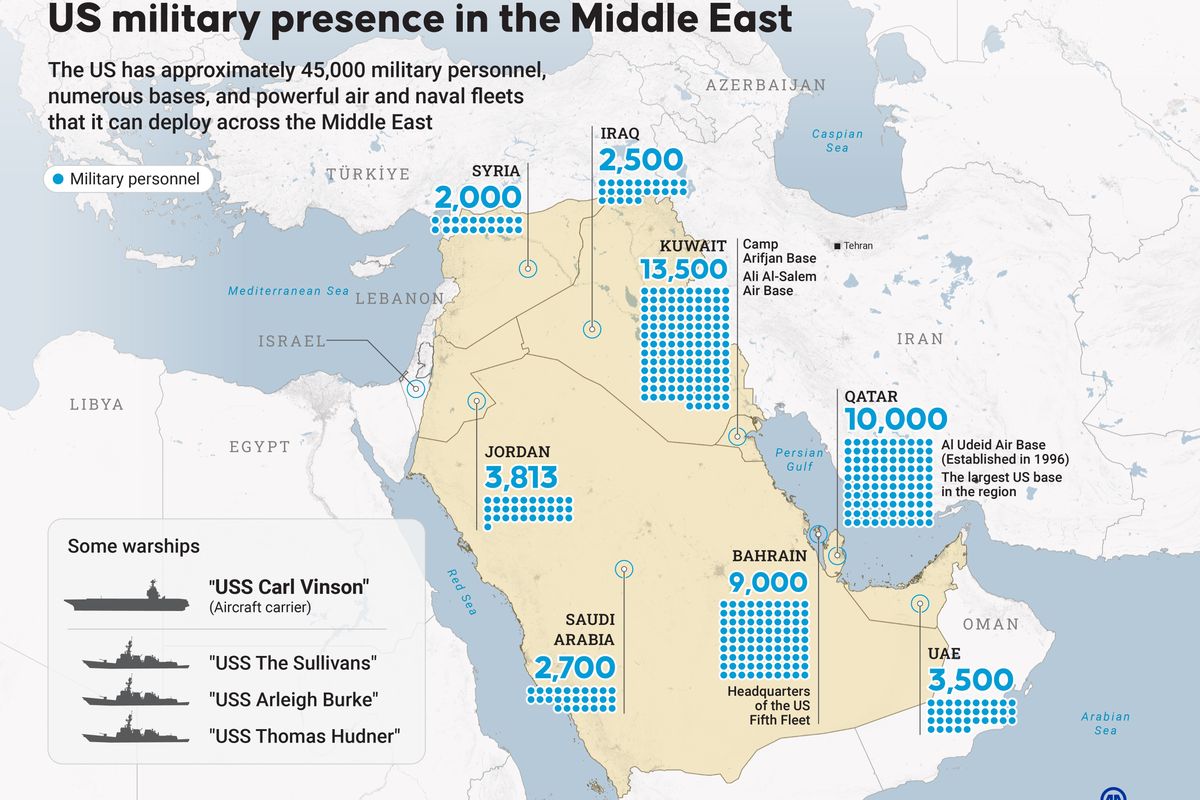With important global roles during times of peace and war, U.S. Navy ships and sailors must be ready to deploy anywhere in the world on short notice. However, the combination of sustained operations, inadequate ship numbers, and a tight budget have created challenges to the Navy’s long term readiness that cannot be solved quickly or easily. The Cipher Brief Spoke with Thomas Mahnken and Jesse Sloman of the Center for Strategic and Budgetary Assessments (CSBA) to assess the situation.
The Cipher Brief: What is the state of Navy readiness right now and what are the key challenges, such as bureaucratic, technical, structural, standing in the way of improving readiness?
Thomas Mahnken and Jesse Sloman: The Defense Department defines readiness as the military’s ability to execute the national security strategy of the United States. By that standard, the Navy has continued to satisfy most of the maritime force requirements of combatant commanders. However, meeting those demands in the face of a shrinking fleet has resulted in deferred maintenance, aging ships, and worn out personnel. Without significant changes to the fleet’s size, operational tempo (OPTEMPO), or maintenance budget, the Navy will be at risk of suffering a precipitous drop in readiness in the years to come.
Today’s Navy is maintaining the same level of presence it sustained for many decades, only now it is doing so with fewer ships. In 1993, the Navy deployed 108 ships out of a total battle force of 454 ships, or 24 percent of the force. In 2015, 94 battle force ships deployed out of a total of 272, or 35 percent of the battle force.
The combination of a high OPTEMPO and a shrinking force structure has forced the Navy to extend the length of the deployments of many of its vessels. These lengthy deployments have resulted in greater wear and tear on the ships, driving up both the length of time the vessels must spend undergoing maintenance once they return to port and the cost of that maintenance. In addition, limits to shipyard capacity constrain the number of ships that can be in maintenance at a given time, leading to a backlog of vessels awaiting servicing. As a result, ships must spend a longer period of time either awaiting maintenance or undergoing maintenance than was scheduled, reducing the number of vessels available for operations and training and driving up the deployment lengths of the ships already underway.
The readiness challenges afflicting the Navy’s carrier fleet offers an example of the vicious cycle that occurs when maintenance is extended. The Government Accountability Organization (GAO) found that between fiscal years 2011 and 2014, the Navy’s aircraft carrier force lost 564 operational days due to maintenance delays. These delays, in turn, lengthened average carrier deployments from 6.4 months (2008 to 2011) to 8.2 months (2012 to 2014). Over time, extensions like these deny the Navy the ability to do comprehensive future planning, age its ships more rapidly, and negatively affect the morale of sailors and officers.
TCB: Given the current state of Navy readiness, how prepared is it for a force surge in the event of a major conflict?
TM/JS: The Navy currently has the resources to surge two carrier strike groups (CSGs) and two amphibious readiness groups (ARGs) in a crisis, two groups short of the service’s stated surge capacity requirement of three CSGs and three ARGs. The Navy is working to add the capability to surge an additional CSG and ARG in the next few years, but its ability to do that is dependent on continued funding at or above the levels requested in the Navy’s FY17 budget request.
TCB: How do the Navy’s readiness needs differ from other branches of the armed services?
TM/JS: The Navy’s readiness challenges are unique because the service projects combat power primarily through a relatively small number of complex and expensive ships. Whereas the Air Force operates over 5,000 manned and unmanned aircraft, the Navy’s battle force is comprised of fewer than 300 vessels. Naval readiness is therefore far more sensitive to changes in the status of individual platforms than the readiness of other services, because each ship represents a comparatively larger share of overall combat power.
TCB: How has the Navy responded to the challenge of maintaining readiness during a tight fiscal environment, and are there sacrifices that must be made in this type of environment?
TM/JS: In November 2014, the Navy began to implement a new deployment cycle, the Optimized Fleet Response Plan (OFRP). The goal of OFRP was to increase the predictability of both deployments and maintenance periods while also maximizing the operational availability of ships. The plan revolves around a 7-month deployment—the maximum length that the Navy considers to be sustainable—followed by a 13- to 15-month period of homeport sustainment when ships and their crews will maintain their combat qualifications in case they are required to participate in a surge.
It is too soon to assess OFRP’s impact on the fleet. GAO analyzed the program in July 2016 and reported that the first three carriers to enter the OFRP cycle had failed to complete their maintenance on time, a worrying sign given how important carefully optimized schedules are to the OFRP process.
Ultimately, OFRP will succeed only if the Navy can fully fund all of the phases of the OFRP cycle, if maintenance can be completed in the time allotted for it, and if the threat environment remains sufficiently benign to allow the force to operate at or below the Navy’s current OPTEMPO. Even then, it remains to be seen if OFRP will enable the Navy to regain a sustainable trajectory or if more drastic measures, such as cutting deployed presence, will need to be implemented.









